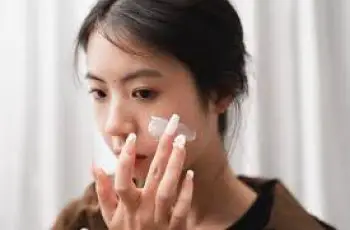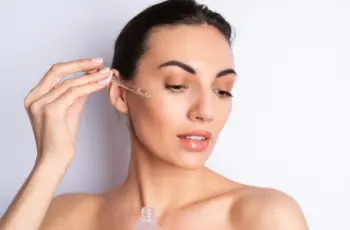
Epidermal Growth Factor in Skin Care: Is It Safe? Why we are not sure.
Epidermal Growth Factor in Serums
Some growth factors (GFs) used as skincare ingredients are in the Epidermal Growth Factor (EGF) family. This family consists of four proteins, each characterized by a similar structure. Each of these GF proteins acts on identical receptors and exhibits the same biological activity.
Of these different GF proteins in the EGF family, this blog will discuss the Epidermal- Derived Growth Factor, the epidermal growth factor receptor, and the safety of epidermal growth factor in skin care.
What are epidermal growth factors?
What Does Epidermal Growth Factor Do?
Epidermal growth factors have several roles that make them attractive for use in skin care products. such as:
Stimulate the proliferation and migration of keratinocytes
Promote fibroblast motility
Regulate hair growth
Modulate the development of sebaceous and sweat glands
Increase hyaluronic acid (HA) production
Influence the wound healing process.
All of these are desirable attributes which explains the plethora of very expensive anti-aging serums with EGF.
What is the Epidermal Derived Growth Factor Receptor (EGFR)?
The Epidermal Growth Factor Receptor (EGFR) is a cell surface glycoprotein predominantly expressed in the epidermis’s basal layer and the hair follicle’s external root sheath. Its activation dynamics are influenced by extracellular matrix (ECM) elements, integrins, receptors for cytokines, and specific ligands binding to EGFR. Among these ligands are amphiregulin, betacellulin, epiregulin, EGF, TGF-α, heparin-affiliated EGF, and growth factors resembling EGF.(84)
Ultraviolet (UV) radiation is capable of activating EGFR.
What happens when EGFR in skin is activated?
Upon EGFR engagement with EGF or another ligand, a cascade involving tyrosine kinase and various signaling pathways initiates. These pathways oversee cellular activities like:
proliferation
differentiation
cellular senescence
apoptosis
Activated tyrosine kinase elevates cellular calcium concentrations and propels DNA synthesis. When EGFR is activated, it encourages the growth and movement of keratinocytes, enhances the activity of fibroblasts, and affects the skin barrier.
Notably, UV-induced EGFR activation leads to reduced apoptosis in keratinocytes resulting in an increased number of senescent cells. Senescent cells are known to contribute to skin aging. Many skin care products are geared to cause autophagy to reduce the number of these cells because increased senescent cells is linked to skin aging.
Best growth factors for skin serums
EGF Serums and Skin Care Products
EGF is a prevalent component in cosmeceutical preparations, along with other growth factors that enhance EGF production.
There are also skin care ingredients that inhibit EGF in skin.
EGF Inhibitors in Skin Care
This are likely much safer and can protect the skin.
EGFR inhibitors include:
genistein
quercetin
daidzein
glycitein
Research indicates that these EGFR blockers can curb the rapid growth of keratinocytes and alleviate skin scaling, especially when there’s an excessive EGF presence, such as seen with over-exfoliation of the skin.
Natural Growth Factors and Plant Derived EGF
There are natural forms of EGFR stimulators such as phytosphingosine-1-phosphate (PhS1P). This ingredient is derived from plant and fungus.
It’s imperative to note that EGF sourced from plants and fungi doesn’t offer increased safety over those originating from humans.
Dangers of epidermal growth factors
Safety of EGF in skin care products
The incorporation of EGF in cosmetics raises safety concerns since any substance triggering EGFR might potentiate the growth of harmful cells, potentially leading to conditions like skin cancer.
EGFR Inhibitors are used to treat cancers. This implies that stimulating EGF might not be a good idea.
EGFR inhibitors are used as cancer treatments to manage certain malignancies, including small cell lung cancer.
Systemic suppression of EGFR with these drugs can mitigate excessive growth of epidermal cells, it can also instigate side effects like inflammation, folliculitis, acneiform eruptions, xerosis, changes in hair growth dynamics, and nail disorders.
So we really do not know if EGF in skin care is safe- it is certain that it is affects many cellular processes.
Growth factors do not get into the skin very well when used topically. Maybe this is why we have not seen reported cases of skin cancer in those using EGF growth factor serums in their skin care routines.


